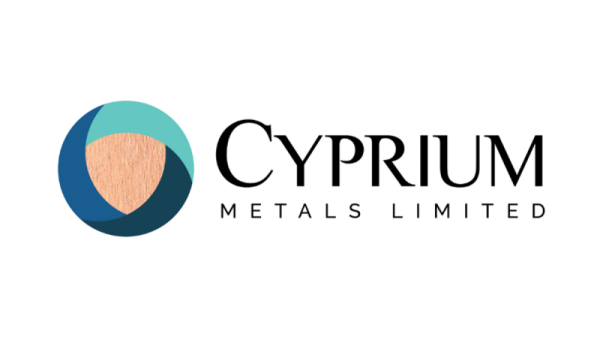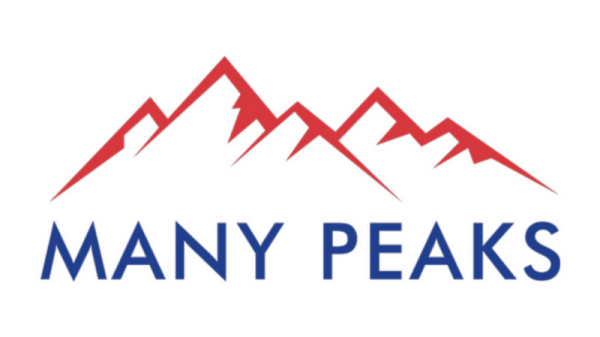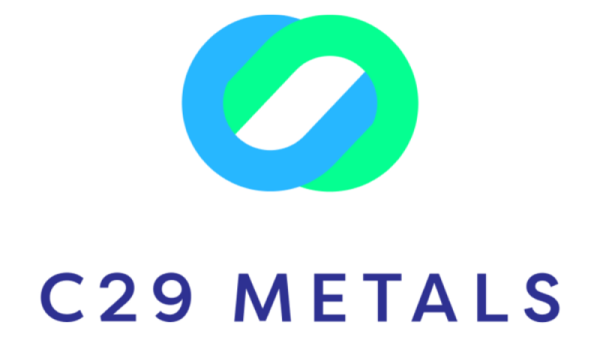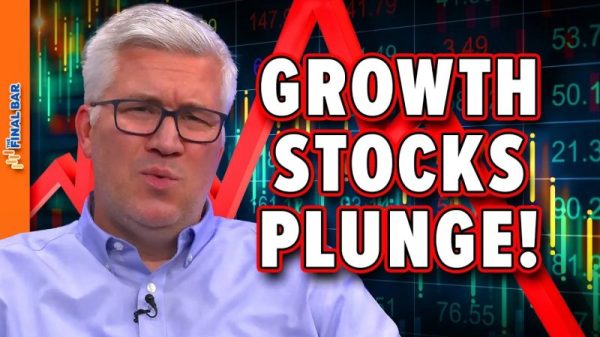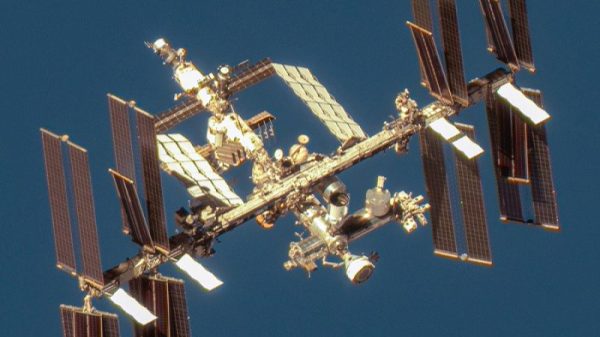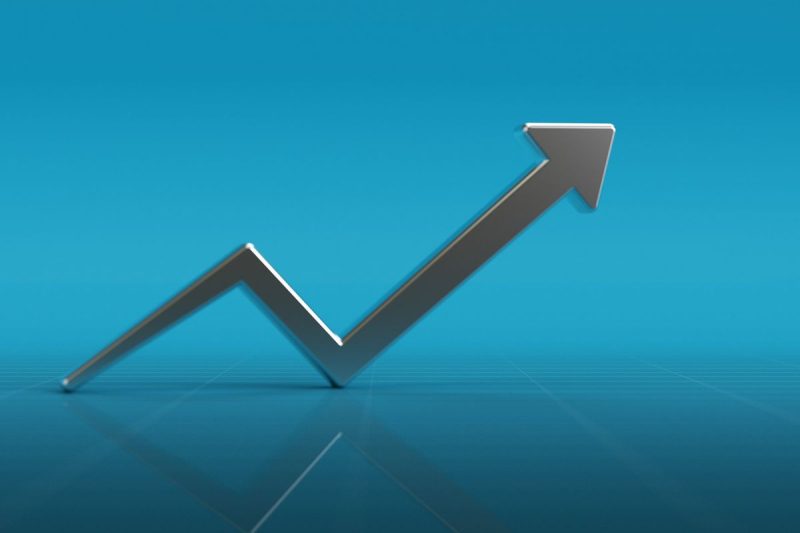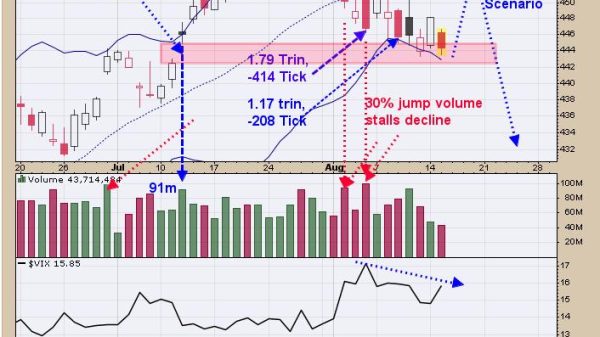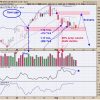Silver is known as the most versatile precious metal, and demand is driven by end uses ranging from silverware to medicine, as well as industrial and technological applications, which account for well over half of annual global demand.
Global physical silver demand in 2022 reached a record high of 1.242 billion ounces, as per the Silver Institute’s April 2023 supply and demand report. This unprecedented level of demand was seen across all market segments, including a 22 percent increase in physical investment demand. Significant rises in consumption were also seen coming from the silver jewelry (29 percent) and silverware segments (80 percent).
Moving forward, increased industrial demand is expected to come from the push toward more renewable energy sources — in particular, silver demand should benefit from vehicle electrification, the adoption of 5G technologies and the solar energy sector. The precious metal is a great conductor of both heat and electricity, making it perfect for use in solar panels.
In 2023, the Silver Institute expects global demand for silver to slide down from the previous year’s record high to 1.167 billion, but this year may still be the second highest year ever for worldwide silver consumption. With all of that in mind, here’s a look at four factors driving silver demand.
1. Industrial fabrication
Expected demand in 2023: 576.4 million ounces
Silver is the best electrical and thermal conductor of all the metals, and so it’s no surprise that it’s used in industrial fabrication. In 2020, demand for silver from industrial applications decreased compared to 2019 due to COVID-19. However, in 2021 this segment of the market rebounded by 8 percent, and grew by another 5 percent in 2022.
For 2023, the Silver Institute believes industrial demand will witness another 4 percent rise.
In electronics, industrial silver is used mainly in multi-layer ceramic capacitors, membrane switches, silvered film, electrically heated automobile windshields, conductive adhesives and the preparation of thick-film pastes.
Electronics is expected to remain an important driver for silver going forward, as per the Silver Institute, which expects overall industrial silver consumption to reach 576.4 million ounces in 2023. But of course silver has industrial applications outside electronics — these include solar panels, the automotive industry and brazing and soldering.
Here’s a brief rundown of those three categories:
Solar panels — Using silver as conductive ink, photovoltaic cells transform sunlight into electricity. These cells are combined to form solar panels. The use of silver in the fabrication of photovoltaic cells, also known as solar cells, is seen as an area of rapid growth in the short to medium term. In fact, SolarPower Europe expects that global solar power installations will more than double in just three years to reach 2.3 terawatts by 2025, up from only 1 terawatt in 2022.
Automotive industry — Every electrical action in a modern car is activated with silver-coated contacts. Basic functions such as starting the engine, opening power windows, adjusting power seats and closing power trunks are all activated using a silver membrane switch. Furthermore, data from the Silver Institute shows that, depending on the model, battery electric vehicles contain between 25 and 50 grams of silver, while hybrid vehicles use 18 to 34 grams of silver. That’s compared to 15 to 28 grams of silver in a light internal combustion engine vehicle.
The Silver Institute has projected that silver demand from the automotive sector could reach 90 million ounces by 2025. The association states that silver demand from the car industry will be driven by infrastructure investment, broader decarbonization efforts and the expansion of charging stations.
Brazing and soldering — Adding silver to the process of soldering or brazing helps produce smooth, leak-tight and corrosion-resistant joints when combining metal parts. In addition, silver-brazing alloys are used widely in everything from air conditioning and refrigeration to electric power distribution.
2. Jewelry
Expected demand in 2023: 199.5 million ounces
Jewelry is often what laypeople think about when they consider silver demand. And for good reason — few materials are better suited for jewelry than silver. Lustrous but resilient, silver responds well to sculpting, requires minimal care and lasts a lifetime.
While silver and gold possess similar working qualities, the white metal enjoys greater reflectivity and can achieve the a brilliant polish. A vast amount of silver supply from mine production gets turned into a form of jewelry. In 2022, substantial growth of a 29 percent increase over 2021 levels was achieved. However, the Silver Institute anticipates that overall demand from the jewelry sector will fall by 15 percent year-on-year in 2023.
3. Bullion coins and silver bars
Expected demand in 2023: 309 million ounces
Minted silver coins were first used in the Eastern Mediterranean region in 550 BCE, and by 269 BCE the Roman Empire had adopted silver as well. Silver was the main circulating currency until the 19th century, when it was phased out of regular coinage.
Even so, silver is still used in some circulating coins, especially in American, Australian, Canadian, Mexican and Austrian bullion coins for investors. Silver consumption in 2022 saw record high demand of 332.9 million ounces. The Silver Institute expects to see physical silver investment demand drop to 309 million ounces in 2023, which will still represent the third highest total on record for this important segment of the market.
4. Silverware
Expected demand in 2023: 55.7 million ounces
Sterling silver has been the standard for silver holloware and silver flatware since the 14th century. Silver cutlery and other decor lasts for generations as it resists tarnish and is a traditional decoration in homes around the world. Base metalcopper is mixed with silver to strengthen it for use as cutlery, bowls and decorative items.
Much like silver jewelry, in 2021 silver consumption from the silverware industry recovered from the hit it took from the global pandemic, rebounding by 32 percent from 2020 levels. Demand for the metal from the silverware industry rose by a massive 80 percent in 2022. Demand for this sector is expected to fall by 24 percent in 2023 year-over-year.
Securities Disclosure: I, Melissa Pistilli, hold no direct investment interest in any company mentioned in this article.



